In a world drowning in the usual, peeps are on the lookout for stuff that breaks the mold, brings the hype, and maybe even drops a few jaws. Beauty ain’t just a visual thing anymore – it’s about those moments that make you go, “Wait, what?” So, let’s dive into those glimmers that go way beyond the basics and add some serious spice to the everyday. These fleeting moments promise to deliver micro-bursts of rich emotion, elevating both physical and mental well-being.
Notably, the research underscores this yearning for depth, with 61% of respondents expressing a desire for brands to evoke profound emotions, while 63% seek multi-sensory experiences. Amidst this quest for heightened satisfaction, consumers are actively pursuing moments that stimulate and inspire, spanning from everyday indulgences to the pinnacle of ultra-luxury. This blog is meticulously crafted for retailers aiming to cater to a discerning audience that holds luxury in high regard, appreciating the captivating allure of glimmering beauty. It serves as a beacon, illuminating the introduction of compelling offerings to these retailers, providing invaluable insights and strategic approaches to capture the undivided attention of their target customers—individuals in pursuit of the very epitome of beauty indulgence.
Table of Contents
Luxury Beauty Tools Redefining Self-Care
Embracing Guilt-Free Indulgence and Anti-Wellness Rituals
Dark Comforts – Beauty in Complexity
Luxury Beauty Tools Redefining Self-Care
In the evolving landscape of the beauty and lifestyle industry, a discernible trend emerges as consumers increasingly embrace a treat culture through beauty tools that exude affordable luxury. Positioned as the ultimate beauty investment, these tools go beyond mere functionality, becoming indispensable components of a self-care routine. The key allure lies in their characteristic features—they are not only endlessly reusable, embodying sustainability and conscious consumption, but they also manifest as aesthetically pleasing objects, adding a touch of elegance to daily rituals. These tools are envisioned as more than utilitarian; they serve as beautiful artifacts that spark inspiration, transforming the beauty routine into a holistic and indulgent experience. As consumers seek to pamper themselves with accessible yet luxurious products, this trend reflects a deeper desire for self-care, well-being, and a touch of everyday opulence.
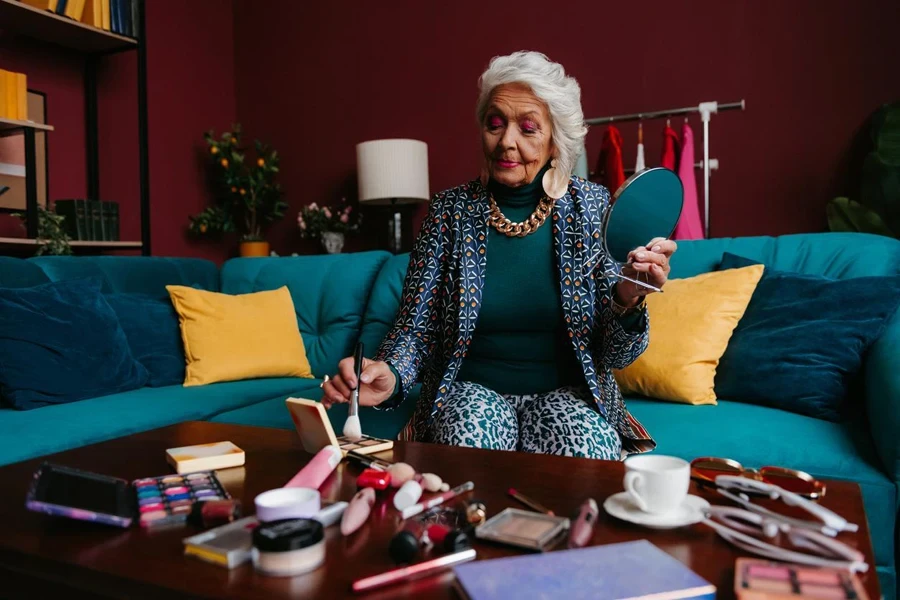
In response to the dynamic shifts in the beauty and lifestyle industry, brands are increasingly prioritizing the consumer experience. This strategic focus aligns with the prevailing trend of regarding beauty tools as accessible luxuries. Beyond mere practicality, brands now emphasize the creation of visually appealing, sustainable, and reusable tools, intending to elevate these items into cherished possessions that contribute to holistic self-care rituals. This strategic shift mirrors the industry’s broader trend of delivering a comprehensive and indulgent experience, ensuring that every facet of the consumer’s beauty journey is not only memorable but also deeply satisfying. Tactile hedonism takes center stage as beauty tools seamlessly integrate texture with function, heightening satisfaction for Skintentional consumers.
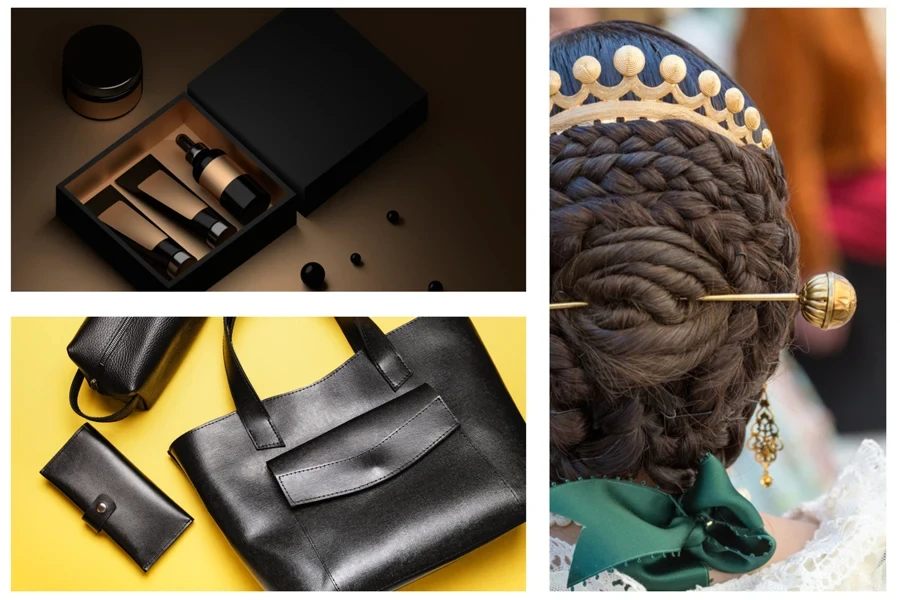
An illustrative example is Fara Homidi’s Pochette makeup bag, meticulously handcrafted from a luxurious leather alternative, progressively softening with each use. Another notable instance is seen in the Swiss makeup brush brand Sonia G., which unveiled a Mount Fuji-inspired powder brush and brush holder handcrafted in Japan using traditional yosegi and kumiko woodworking techniques. These examples underscore the industry’s commitment to offering products that blend practicality, aesthetics, and cultural significance for an enriched consumer experience.
Embracing Guilt-Free Indulgence and Anti-Wellness Rituals
In the realm of guilt-free indulgence and empathetic anti-wellness rituals, consumers grappling with heightened burnout levels are seeking therapeutic solace in the pleasures of laziness. Anti-wellness practices, such as the art of ‘bed-rotting,’ are poised for an upgrade through beauty products designed to enhance relaxation or encourage the embrace of ‘doing nothing.’ Care/of (US) exemplifies this ethos with its ‘Do Less, Feel More’ digital campaign, urging its community to adopt a less-is-more mentality for New Year resolutions.
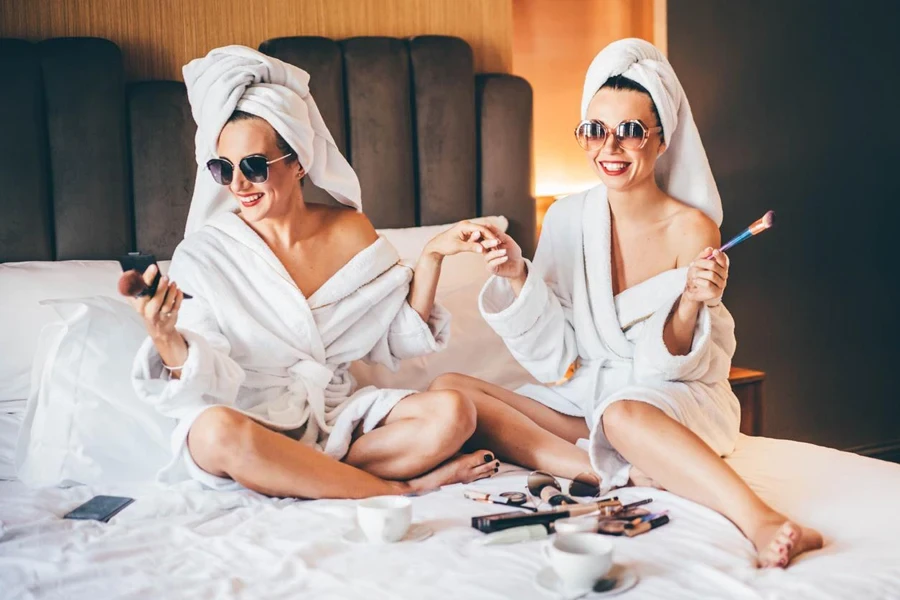
In this landscape, the demand for products that deliver more with minimal effort becomes pivotal. Petitfee, a South Korean brand, introduces moisturizing hand and foot sheet masks, seamlessly wearable during sleep, embodying the essence of effortless self-care. Further, the integration of mindful experiences or treatments that harmonize with products gains prominence. Neom Organics (UK) presents Wellbeing Pods, enhancing the ‘ultimate hibernation mode’ through a breathing guide, providing consumers with a holistic and understanding approach to self-care in the midst of their hectic lives.
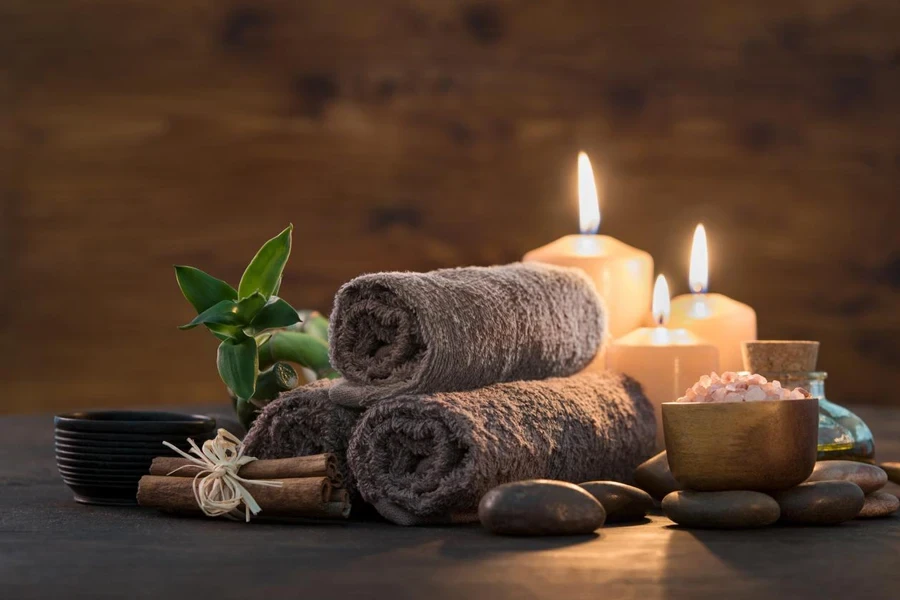
Aligned with this trend, the ascent of anti-wellness and chaotic beauty behaviors becomes evident, as consumers deliberately indulge in ‘bad’ habits as a nihilistic means of embracing the present moment. Brands can support these habits by offering robust formulations that aid recovery, as seen in Youthforia’s (US) Date Night Skin Tint Serum Foundation, dermatologist-tested for safe overnight wear. To act on this trend effectively, the market will see a surge in products promoting relaxation and recovery, featuring sensorial elements or thoughtful formulations. Consumers seek a judgment-free and supportive narrative that resonates with their overwhelmed mindset. Monster Code, a Korean brand, addresses this with its Copper Peptide Midnight Oil, specifically designed for users who prefer late-night rituals.
Dark Comforts – Beauty in Complexity
In the ever-evolving landscape of beauty, a captivating trend emerges — “Dark Comforts,” a paradigm shift born from the Mindful Nihilism trends. This trend navigates beauty narratives into uncharted territories, embracing themes that provide an unexpected sense of solace. As society wearies from the relentless promotion of happiness, consumers now seek beauty products and brands that serve as allies in the exploration and processing of complex emotions, fostering resilience and self-discovery. Within this trend, stimulating products act as conduits for profound contemplation, utilising unconventional fragrances, spellbinding tonalities, and surrealist aesthetics. “Dark Comforts” delves into the intersection of pleasure and pain, encouraging consumers to find glimmers of beauty in the complexity of their emotions. In this section, we delve into the key elements and products that define this trend, unraveling the allure of dark aesthetics and the rebellion against conventional beauty standards.
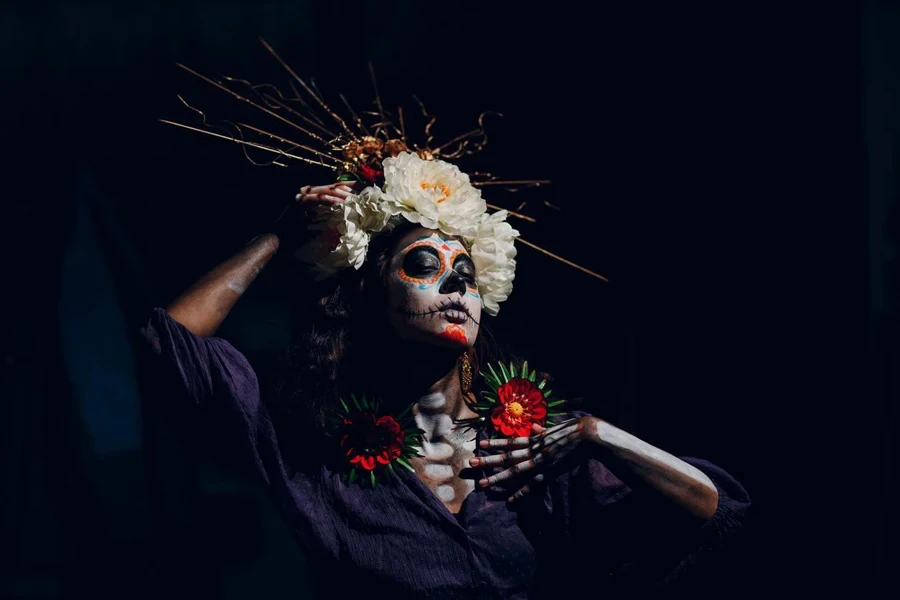
To implement this trend effectively, incorporating dark aesthetics and surrealist themes becomes essential to cultivate a sense of agency and rebellion against increasingly unattainable beauty standards. This aesthetic shift permeates color cosmetics, as seen in Isamaya Beauty’s Industrial Colour Pigments palette. This palette boasts latex-inspired three-dimensional packaging and a mix of sooty and cosmic eye pigments, encouraging an anti-perfectionist approach to application. Stimulating products become catalysts for deeper contemplation, infusing goosebump-inducing fragrances with rich notes, including unconventional bodily scents or deep, sensual ouds. Akro’s (UK) “Smoke,” described as a “taboo aroma,” draws inspiration from the unique pleasure associated with the first drag of a cigarette.
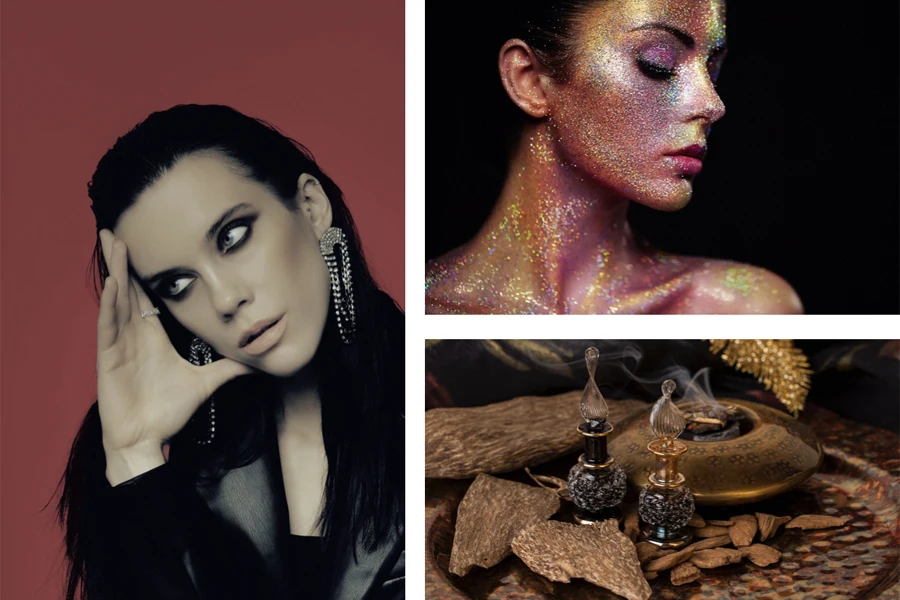
In the realm of “Dark Comforts,” an evolution from our Mindful Nihilism trends, beauty narratives delve into themes that offer an unexpected sense of solace. In a society fatigued with the constant promotion of happiness, consumers are now drawn to products and brands that facilitate the processing of complex emotions, fostering resilience and knowledge. Born to Stand Out, a K-fragrance brand contributes to this trend with its “Sin & Pleasure” scent, inspired by the notion that “pleasure is sin, and sin is pleasure.” This fragrance encapsulates the exploration of complex emotions, offering a dark and comforting olfactory experience for those seeking depth and nuance in their beauty rituals.
Conclusion:
In the ever-evolving beauty landscape, consumers are actively pursuing indulgence through products that go beyond mere functionality, transforming into symbols of affordable opulence. Retailers stand poised to capitalize on this trend by skillfully curating collections that seamlessly blend sustainability, aesthetics, and cultural significance. The crux lies in elevating the consumer journey, emphasizing tactile hedonism and the incorporation of visually appealing, reusable tools. Inspired retailers should redefine their beauty offerings, recognizing that it transcends the realm of mere products; it’s about crafting immersive experiences. By curating collections that align with the growing demand for affordable luxury, sustainability, and cultural richness, retailers can create a distinctive appeal. Consideration of tactile aspects becomes paramount, ensuring that each product contributes to enhancing the consumer’s journey. Embracing the unexpected and infusing a sense of indulgence into every micro-moment becomes the cornerstone. This presents an opportune moment for retailers to not only offer beauty products but to pioneer curated experiences that enthrall the evolving desires of the modern consumer.




